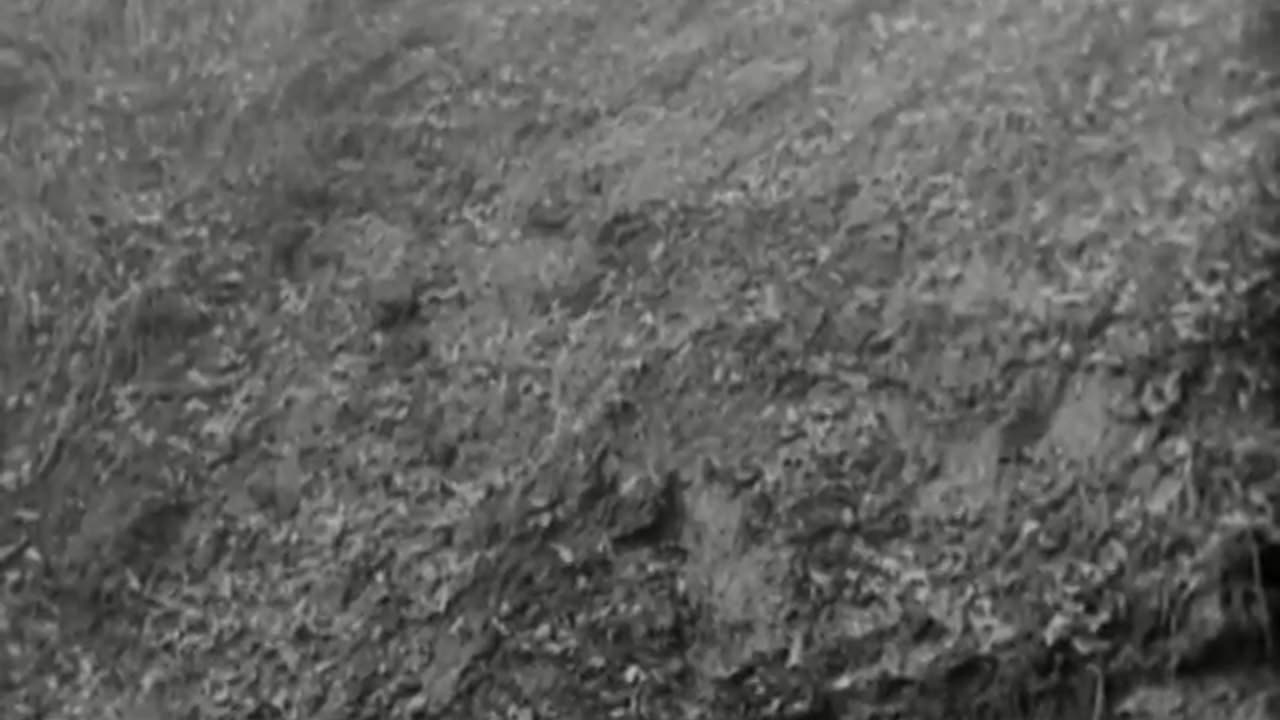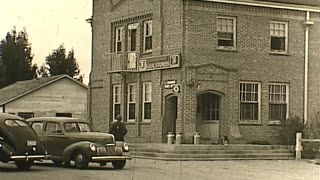Premium Only Content

The River, 1937
This documentary film, directed by Pare Lorentz, examines the Mississippi River's role in both nurturing and devastating the American landscape and its people, focusing on the causes and effects of floods and the subsequent efforts at recovery and prevention.
Reel 1 traces the Mississippi River from its humble origins to its vast outlet in the Gulf of Mexico. It showcases the human interaction with the river through scenes of levee construction, cotton picking, river shipping, and lumbering activities, painting a picture of a thriving yet vulnerable region dependent on the river's bounty.
Reel 2 is dominated by dramatic scenes from the 1937 flood, one of the most severe in the river's history. It captures the overwhelming power of the floodwaters as they engulf the land, interspersed with moments of resilience such as cotton being loaded onto ships, symbolizing ongoing economic activity despite the disaster.
Reel 3 delves into the aftermath of the flood, showing the extensive damage and the stark poverty in a Southern home, reflecting the socio-economic impact of such natural disasters. The film then shifts to the proactive measures taken, including the construction of the Norris Dam and Wheeler Dam, part of the Tennessee Valley Authority's efforts to control flooding and promote development. It also features the work of the Civilian Conservation Corps (CCC), Farm Security Administration (FSA), and Forest Service in restoring the Tennessee Valley, demonstrating a collective response to environmental and economic challenges.
"The River" is a poignant narrative that combines historical documentation with a call for sustainable management of natural resources, underscored by its poetic narration and evocative music.
-
 11:56
11:56
Archival Moments
2 months agoFinley Expedition, Farson 1940
772 -
 LIVE
LIVE
GritsGG
25 minutes agoSweaty Ranked Grind! Most Wins in WORLD! 3600+!
40 watching -
![[ Tekken Tuesday ] TNS Tekken Tournament Watch Party](https://1a-1791.com/video/fww1/5b/s8/1/4/a/C/g/4aCgz.0kob-small--Tekken-Tuesday-TNS-Watch-P.jpg) LIVE
LIVE
CHiLi XDD
41 minutes ago[ Tekken Tuesday ] TNS Tekken Tournament Watch Party
15 watching -
 1:53:04
1:53:04
Glenn Greenwald
4 hours agoIsrael Bombs Qatar and Trump Reacts; The Hoax to Blame Russia for Jamming EU President's Plane GPS; Mamdani Soars in Polls as he Tries to Moderate on Israel | SYSTEM UPDATE #511
64.2K36 -
 2:47:57
2:47:57
Barry Cunningham
3 hours agoLIVE: PRESIDENT TRUMP ANNOUNCEMENT | IRYNA ZARUTSKA DESERVES IMMEDIATE JUSTICE! NO WAITING!
28.2K28 -
 LIVE
LIVE
cosmicvandenim
11 hours agoCOSMIC VAN DENIM | Precision Tuning | WARZONE
121 watching -
 UPCOMING
UPCOMING
Anthony Rogers
1 day agoEpisode 382 - Crystal Balls & Comedy Calls
129 -
 LIVE
LIVE
LFA TV
14 hours agoLFA TV ALL DAY STREAM - TUESDAY 9/9/25
835 watching -
 LIVE
LIVE
BubbaSZN
1 hour ago🔴 LIVE - 1 WEEK UNTIL RELEASE (SKATE.)
8 watching -
 LIVE
LIVE
JerryAereola
1 hour agoJerryAereola -AVOIDING THE COUNTERSNIPERS - DayZ LIVE 🔴
50 watching